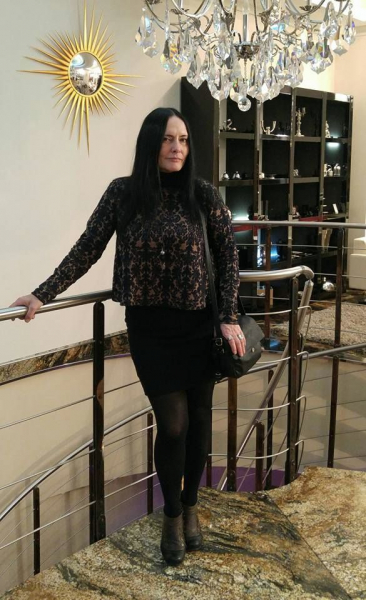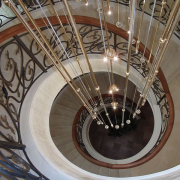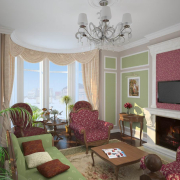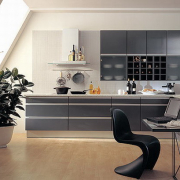Harmony of the English interior
Strict grandeur, tranquility and comfort embody the interior in the English style. This style is not flashy and symmetrical. Its main features were formed in the 18th and 20th centuries, during the reign of the George dynasty and Queen Victoria. In English houses, you can also find elements of exotic countries of the East, as the influence of Rome and Greece brought a little eclecticism to this style.
The English style is a follower of the classics, but with the trends of fashion, it also changed, but within reason. The color scheme of the walls, for example, varied from golden and beige tones to bright red, terracotta and green. But, necessarily, under the conditions: the color palette should not exceed three shades, be in the same color scheme and be combined with the color scheme of furniture.
Later, panels, curbs, baseboards and embossed wallpaper were added to the walls at the bottom of the walls. The monotonous smoothness of the walls was replaced by textured wallpaper with classic stripes, rich colors and heraldic ornaments. Sometimes wooden paneling was used. Traditional cornices, pilasters, moldings and friezes gave brightness and beauty. However, with all this splendor, the walls should not overshadow everything else in the interior. After all, the main rule in creating an English interior is to observe harmony.
The furniture in such an interior is made of dark wood (walnut, mahogany, stained oak …), maybe “antique”, which is combined with shades of walls and textiles.
An important part of the English–style interior is the fireplace, which is decorated with patterned panels of marble, wood or limestone. On the mantelpiece there are tall candlesticks and family photos in beautiful frames.
The floor is laid with parquet with a neutral natural pattern. On the floor there is a carpet with a high pile, also of a discreet color, possibly with images of flowers, plants or geometric motifs.
In fabrics, the English style prefers tapestry, velvet, chintz and damask. The curtains are voluminous with tassels and tails. Textile drawings can be polka dots, floral ornaments, and stripes.
And, of course, accessories such as vases, crystal, clocks and paintings in intricate frames are necessary to complete the interior and give charm.








